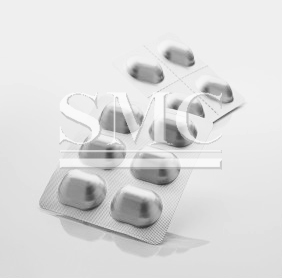Notice: Undefined index: sith_hide_share in /www/sites/alloy.wiki/index/wp-content/themes/likegoogle/single.php on line 32
Deprecated: get_settings is deprecated since version 2.1.0! Use get_option() instead. in /www/sites/alloy.wiki/index/wp-includes/functions.php on line 4862
For years now, plastic has played a vital role in the medical industry in delivery of safe treatments. Plastic materials have been used for endless amounts of medical devices and pharmaceutical packaging. Because plastic tends to ‘leach’ onto materials, it can also be a large potential source of contamination when they come in contact with other pharmaceuticals.
Extractables and leachables (E&L) studies have been researching and evaluating the potential risks of material and drug interactions. There have been many tests and limitations, as well as uprising challenges and a new Quality by Designing process (QBD), which has been driving an ongoing debate. Now, there are going to be implementing significant changes in the regulations that affect the devices and packaging.

THE NEW QUALITY BY DESIGN PROCESS
The new Quality by Design process was developed by the International Committee for Harmonization (ICH). They play a crucial role in the early developmental process. First, they identify Critical Quality Attribute (CQAs) for a drug product’s safety, efficacy, and quality. After, it examines and identifies any elements of a product of package that could potentially present any critical risks. This process imposes the idea that with care precaution and evaluation, along with a reliable supply chain, pharmaceutical devices and packaging makers could reduce the amount of related risks.
WHAT IS E&L TESTING
Plastic materials consist of many substances, either from the design, or by accident. Accidental substances that mix in with the polymer matrix can ‘leach’ onto the drug and from there could enter the patient’s body. During E&L testing, there are several phases that are integrated within product development. First, substances that are stripped away from devices or packaging are called ‘extractables’, which are studied further, identified and evaluated. This provides a lead in the following leachable testing, which can last three to six years. Leachable testing exposes the pharmaceutical to the actual product or packaging material for duration of time. This helps determines whether or not the substance has the capability of leaching onto the drug.
CHANGE IN E&L TESTING
For over a decade, there have been testing among basic ingredients used in MEVOPUR concentrates and compounds under a single protocol that has covered both standards. The protocol was developed because ‘interpretation’ of different testing methods is not always clear. Depending on the identification of the extractables, biological testing may or may not be necessary. The standard then recommends what type of tests is necessary depending on ‘patient contact type’ and ‘contact duration’.
Shanghai Metal Corporation is a trusted aluminum alloy, aluminum foil price, stainless steel price and stainless steel manufacturer, kinds of stainless steel in china.
Guest contributors are welcome at the Alloy Wiki.It is a weekly wiki and guide on alloy information and processing technology, while also about the vast array of opportunities that are present in manufacturing. Our team of writers consists of a Machining Material Supplier / Machinist / Tool and Die Maker, a Biomedical Engineer / Product Development Engineer, a Job Development Coordinator / Adjunct Professor, and a President and CEO of a manufacturing facility.
Link to this article:Plastic Safety for Medical Devices
Reprint Statement: If there are no special instructions, all articles on this site are original. Please indicate the source for reprinting:Alloy Wiki,thanks!^^


